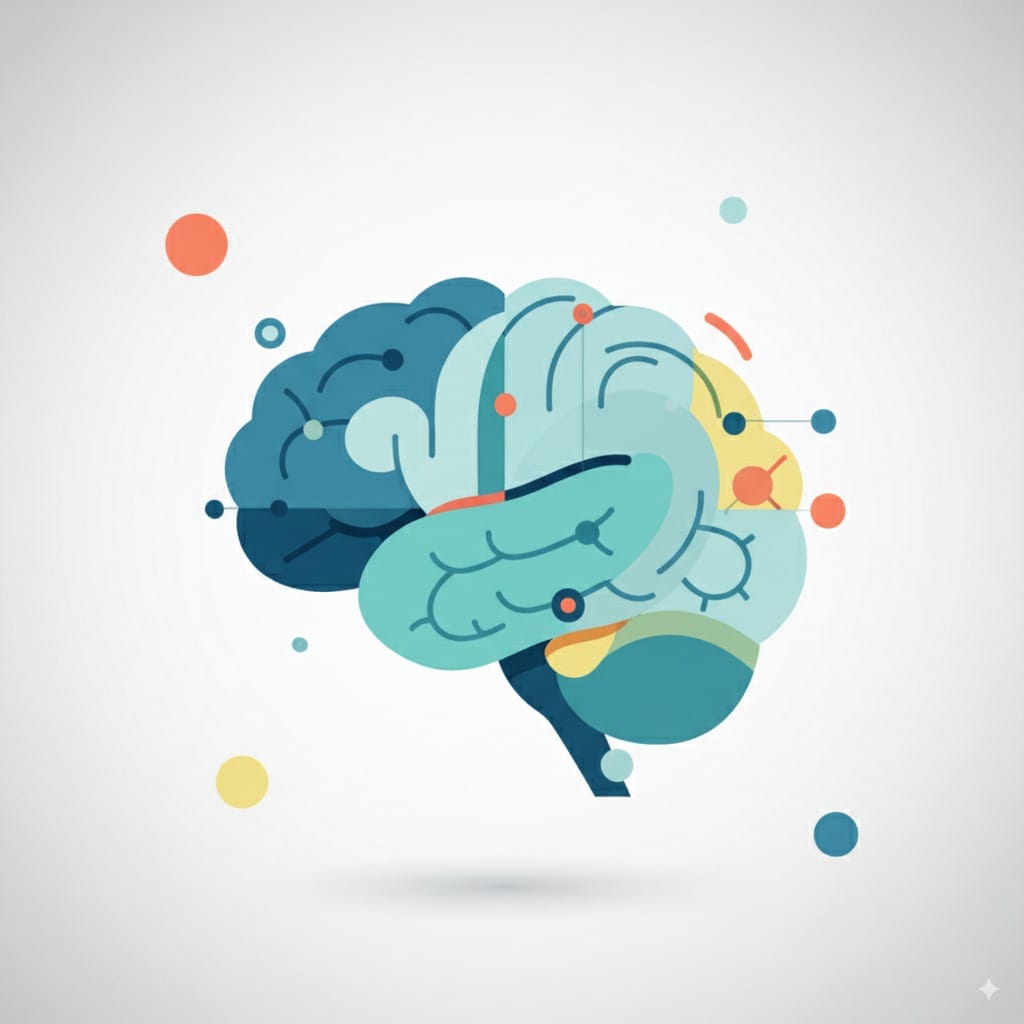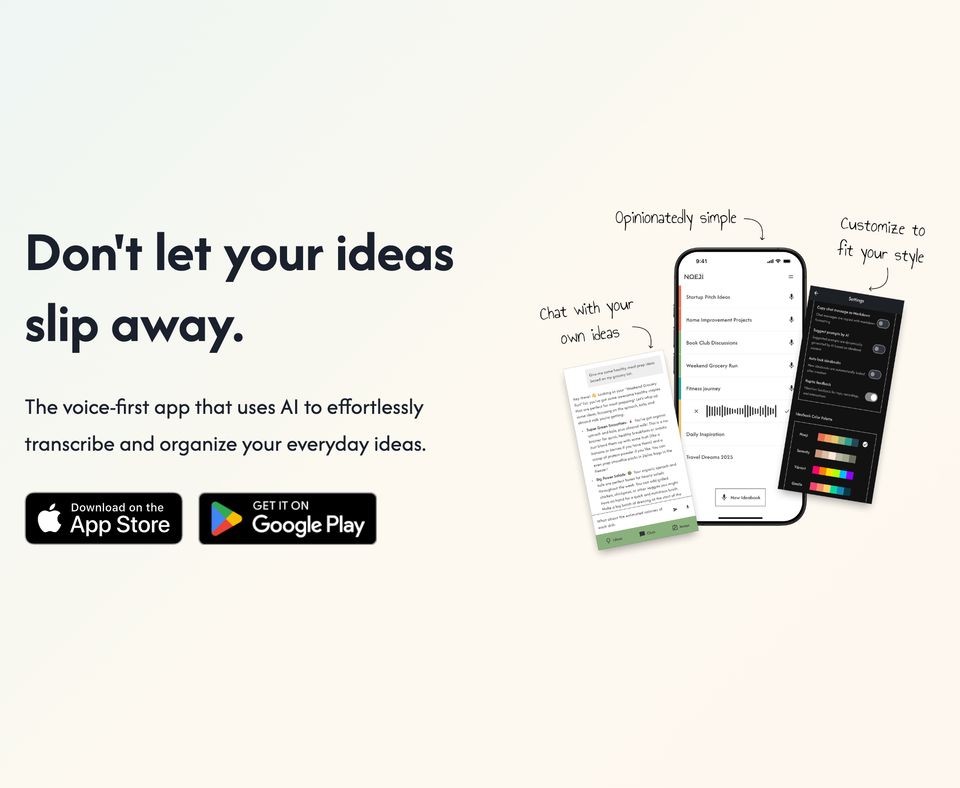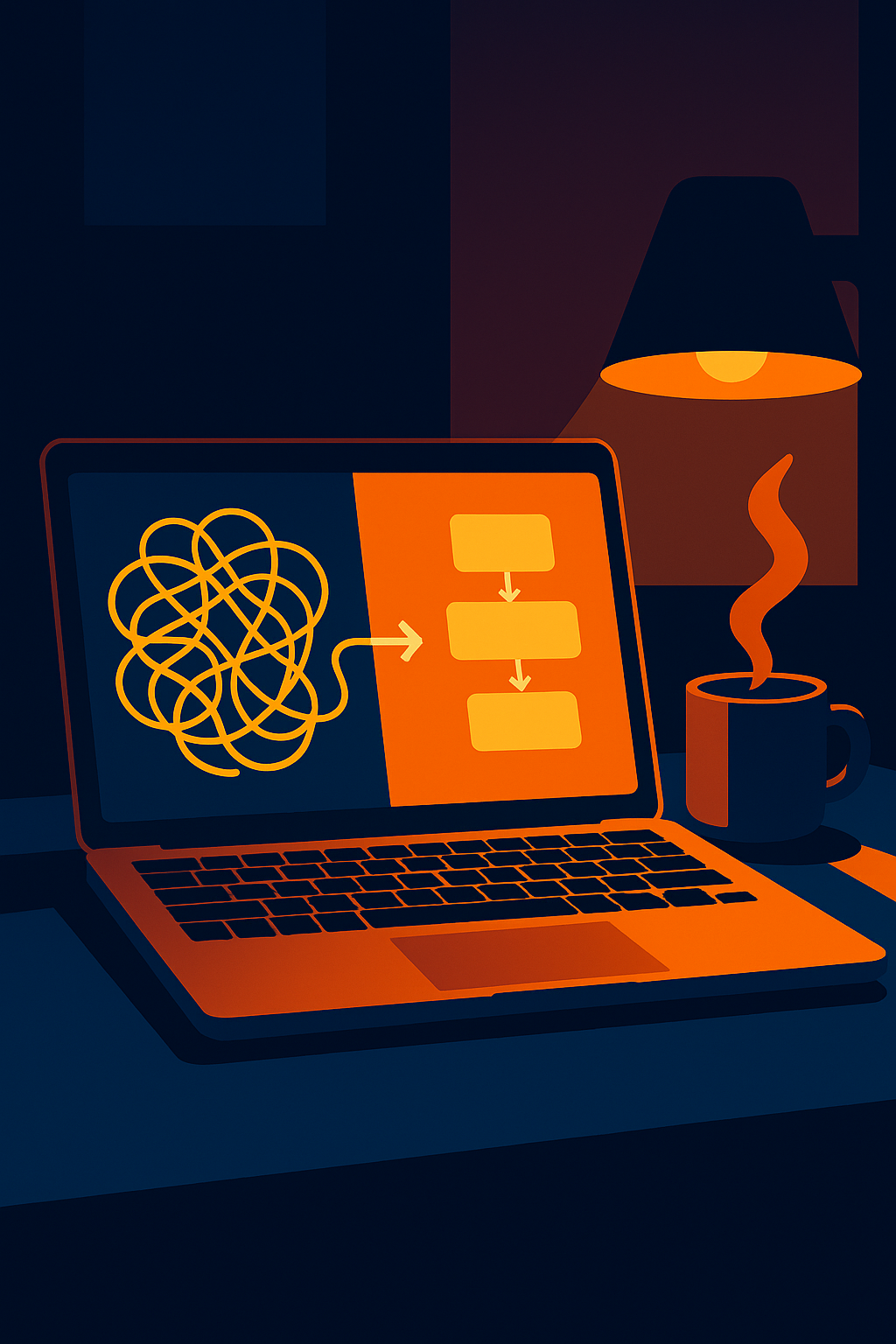The Third Mind

Why AI Feels Disappointing (And How to Fix It)
We've all heard the promises: AI is revolutionary, transformative, more capable than ever before. Yet when we sit down to use it, the experience often falls flat. We type a question, get a generic response, feel frustrated, and eventually give up. There's a puzzling disconnect between AI's theoretical capabilities and our lived experience.
Here's the truth: The problem isn't AI's intelligence. Today's AI models have already surpassed human capabilities in countless domains, and they're only getting more powerful. The real issue—and the one we can actually solve—lies in how we communicate with AI.
The Communication Crisis
Think about the last time you used AI. You probably typed a brief prompt, maybe a sentence or two, and expected AI to understand exactly what you needed. When it didn't deliver, you might have blamed the technology. But imagine hiring a brilliant new employee and giving them a one-sentence brief for a complex project. Would you expect perfection?
The communication problem has two dimensions:
1. Bandwidth: The Information Bottleneck
We're trying to transmit complex thoughts through the narrow pipe of typed text. We type slowly, self-edit constantly, and provide minimal context. It's like trying to have a deep conversation through a keyhole.
2. Direction: The One-Way Street
Current AI interaction is almost entirely unidirectional—we push information to AI and wait for responses. But the most powerful forms of human communication are bidirectional, with both parties actively engaged in discovery.
Breaking Through the Bandwidth Barrier
1. Voice Changes Everything
When we type, our brains split between two demanding tasks: thinking and editing. We're simultaneously trying to generate ideas and polish prose, fix typos and perfect grammar. This dual-processing doesn't just slow us down—it corrupts our thinking.
Voice input isn't just faster; it's cognitively different. When we speak, we think more fluidly because we're not constantly interrupting ourselves to fix spelling or rephrase sentences. Our thoughts flow naturally, the way they do in conversation. The bandwidth expands not just in speed but in richness and authenticity.
2. Let AI Interview You
Here's a counterintuitive approach: instead of struggling to craft the perfect prompt, let AI ask you questions. When AI takes the interviewer role, it can systematically uncover the context and nuance that you didn't know to provide.
This flips the burden of clarity. Rather than you trying to anticipate everything AI needs to know, AI guides you through a structured discovery process. It's particularly powerful for "known unknowns"—situations where you know you need help but can't articulate exactly what kind.
3. Build Your Knowledge Bank
Imagine if AI had access to your intellectual history—not just your current question but the accumulation of your thoughts, interests, and insights over time. This is the promise of personal knowledge bases.
By continuously capturing your ideas (through voice notes, written reflections, or saved content), you create a rich context that AI can reference. When you ask a question, AI doesn't start from zero—it starts from an understanding of who you are and what you care about.
The Revolutionary Fourth Dimension: AI as Cognitive Guide
This is where communication truly transforms into collaboration. When AI understands your knowledge base deeply enough, it can do something remarkable: proactively expand your cognitive boundaries.
Think about how we currently consume information. We browse social media, read newsletters, follow thought leaders—all in hopes of finding content that hits the sweet spot between familiar and novel. Too familiar, and we're bored. Too foreign, and we can't connect.
AI with deep personal context can solve this precisely. It knows your intellectual frontier and can create content specifically designed to expand it. Not generic "AI-generated content," but personally crafted insights that sit right at the edge of your understanding, pulling you forward.
This isn't science fiction—it's the natural evolution of AI from responsive tool to proactive intellectual companion.
Creating the Third Mind
When these elements combine—expanded bandwidth, bidirectional communication, rich context, and proactive guidance—something new emerges. Not just your mind, not just AI's capabilities, but a Third Mind: a form of hybrid intelligence uniquely calibrated to help you transcend your current limitations.
The Third Mind isn't about AI becoming smarter. It's about the quality of cognitive collision between human and machine. Like creating fire, you need the right materials, angle, and force. Get it right, and you generate something neither could produce alone.
The Path Forward
The next time you feel disappointed by AI, resist the urge to blame the technology. Instead, ask yourself:
- Am I constraining my thoughts by typing when I could be speaking?
- Am I providing enough context, or expecting AI to read my mind?
- Could AI interview me to uncover what I really need?
- Have I given AI enough historical context to truly understand me?
The future isn't about waiting for AI to become more intelligent. It's about learning to communicate in ways that unleash the intelligence already there. When we master this, AI transforms from a sometimes-useful tool into a genuine thinking partner—one that doesn't just answer our questions but helps us discover which questions to ask.
The Third Mind is waiting. We just need to learn how to let it emerge.



